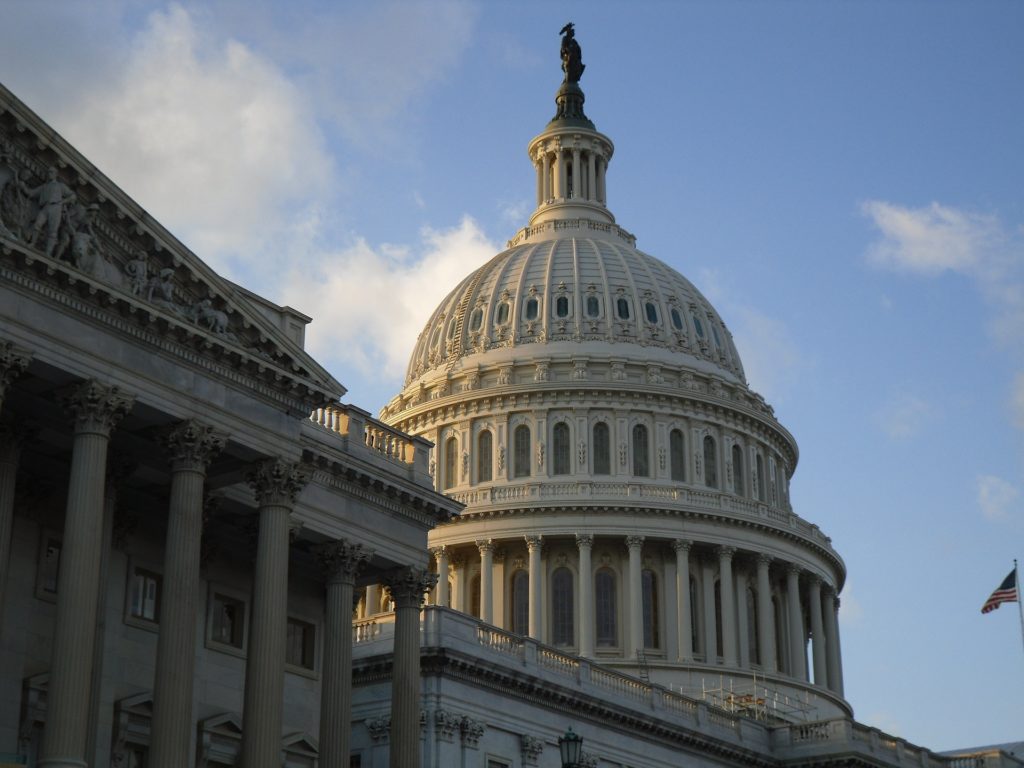Seema Verma on Tuesday laid out a sweeping plan for data-driven oversight and enforcement across the health care spectrum, and took a similarly broad view of her agency’s regulatory plans when directly asked about potential changes to the new Medicare payment model for nursing homes.
Specifically citing the early success of the agency’s recent push to bolster nursing home oversight, the Centers for Medicare & Medicaid Services (CMS) administrator rolled out a four-part plan targeting the entire health care industry — centered around establishing clear performance benchmarks, boosting enforcement efforts, promoting transparency, and improving quality outcomes.
“Last year, we launched a framework for ensuring safety and quality in nursing homes,” Verma said in a speech at the 2020 CMS Quality Conference in Baltimore. “This framework has shaped all of our work on nursing home quality, and in fact, was so successful that we decided to replicate it across the agency and in all our programs in 2020 and beyond.”
That initiative has manifested itself in a variety of moves from CMS, from the introduction of a controversial warning icon for nursing homes with recent reports of abuse to a coming overhaul of the Nursing Home Compare website for consumers.
But when asked if the enforcement push will extend to the new Patient-Driven Payment Model (PDPM), Verma framed the CMS reform efforts as more inward-facing.
“That second one, around enforcement and oversight, I think is more internal, where we’re reorganizing so that we can do a better job of having oversight over nursing homes — and really, quite frankly, all health care facilities,” Verma said on a post-speech call with health care reporters, referring to the second of CMS’s four main points.
CMS’s reaction — or potential lack thereof — to changing provider behavior in the immediate wake of PDPM remains the largest open question about the new Medicare payment model.
With the first round of earnings reports from publicly traded skilled nursing facility operators and landlords nearly complete, the industry has almost unilaterally agreed that the change has been neutral to positive, with multiple reports of modest revenue increases.
CMS’s stated goal of budget neutrality for the new payment model has raised some concerns that the federal government may adjust rates downward in the future to compensate for the early gains, or even claw back some of the additional funding once it has a chance to fully vet the data.
But at least from the industry’s perspective, those fears remain unfounded.
“I actually don’t expect a clawback. I think CMS, despite some comments, expected some positive growth,” Sabra Health Care REIT (Nasdaq: SBRA) Rick Matros said during his company’s fourth-quarter 2019 earnings call earlier this week.
Speaking at the eCap health care summit in Florida last week, American Health Care Association CEO Mark Parkinson took things a step further by positing that there simply isn’t enough time for CMS to implement any sweeping PDPM changes this year — and that any adjustments would likely come in October 2021, the start of the federal government’s 2022 fiscal year.
“I don’t think that CMS has, or we have, enough information now to currently act,” Parkinson said.
While Verma didn’t delve into the specifics of CMS’s pending PDPM plans, she emphasized on the call with reporters that the agency will continue to keep an eye on quality.
“As these new policies are implemented, it doesn’t change our commitment to quality care for patients,” she said. “It’s a different payment system. But the assurance around quality and safety has not changed.”
As CMS has in the past, Verma in her prepared remarks vowed to incorporate more consumer-focused information into its quality measures and reporting, while also using technology to more closely monitor operators. In particular, she described a future in which industry stakeholders and clinicians could send information to a single, centralized submission system, while government officials monitor clinical data and outcomes directly from operators’ electronic health record (EHR) systems.
“Moving to a system where we’re able to take quality data from the EHR, we can combine it with claims data, we can see what’s going on in program integrity,” Verma said on the call. “And we should be able to identify those high-quality providers on the front end, and then identify where we have weaknesses — I think, in a way, that’s been fairly unprecedented.”
In addition, CMS is working to streamline its expectations and quality measures across Medicare, Medicaid, and Medicare Advantage, Verma said during the discussion with reporters.
“We want to have one set of measures, so providers aren’t dealing with different measures,” she said.
In addition, Verma touted the success of the agency’s comprehensive nursing home reform plan in her speech, pointing to CMS’s efforts to standardize processes across the 10 regional offices that oversee state-level skilled nursing facility survey agencies.
“We are now using the same tools, conducting reviews in a more systematic and objective manner, and using data analytic tools to evaluate their performance,” she said in her prepared remarks. “We are also submitting cases with significant issues to a committee of CMS staff from across the nation to ensure that enforcement decisions [are] fair and consistent.”



